The Lotus Eletre is the brand’s first foray into the world of SUVs – Sacrilegious to the purists, but alluring to a new generation.
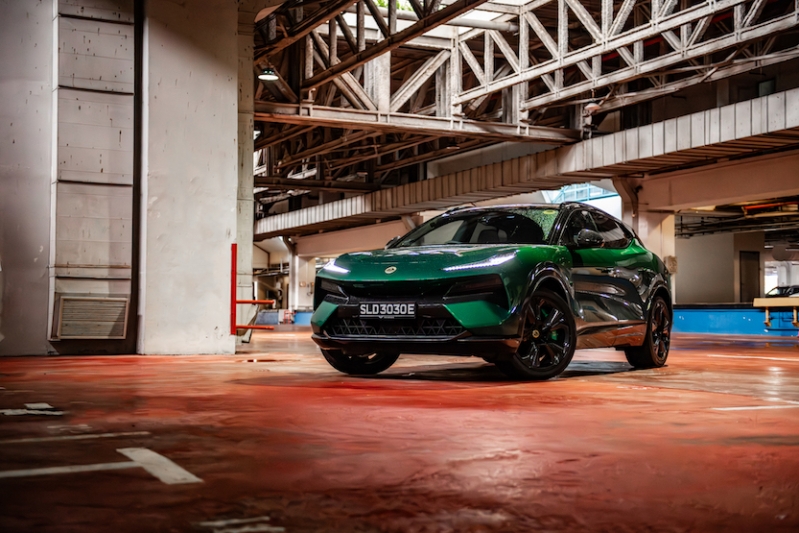
When the Lotus Eletre first rocked up to the scene, it shocked motoring press worldwide. Controversial would be the word to describe the whole ordeal, mainly because ‘this’ is pretty much what the world thinks a Lotus shouldn’t be; a tech-laden lumbering electric SUV.
Mind you, this was never pitched as a game-changer; it simply exists as the Lotus of SUVs. But, the badge only tells half of the story here.
Despite the onslaught of virtual pitchforks and colourful comments, if you dig past the “hastily edited on template backgrounds” Colin Chapman quotes, there appears to be quite a bit of interest in Lotus heading in a new direction.
But, have the lightweight sportscar folks managed to pull it off?
Striking

The Eletre is quite a sizeable SUV, and Lotus has made no attempt to hide this fact. It doesn’t need to.
At more than 5 metres long, it even stands toe to toe with some of the big dogs from other manufacturers, and its road presence is further amplified by its aggressive facade.
As with most performance EVs, aerodynamics is key to unlock more range and performance. This translates to a variety of intakes and air channels on the Eletre. Nothing is just for show, and that results in a low drag coefficient of just 0.26. Pretty impressive for a large SUV.
Being an SUV doesn’t bother the Eletre much it seems, as the sharply tapered windscreen results in a height just shy of 1.7 metres.
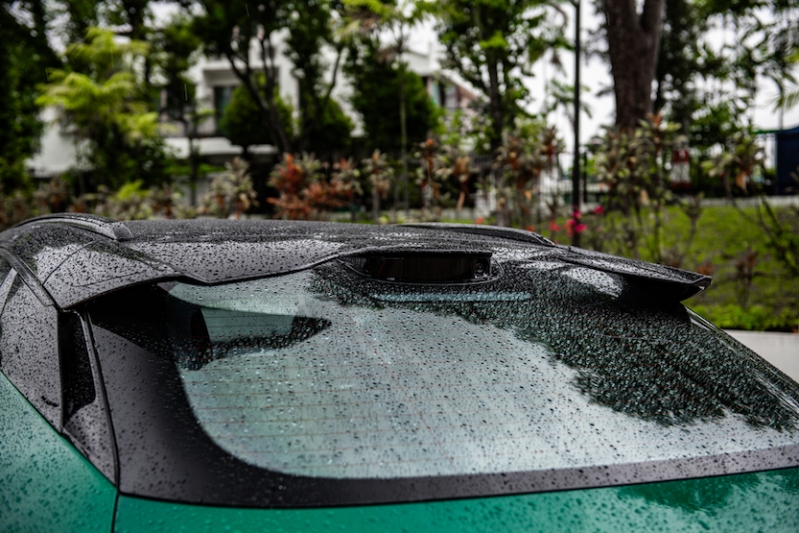
Keen observers would notice the pair of cut-out turrets on the roof. These house the myriad of sensors and components for the car's LIDAR systems.
There are 34 - yes, 34 - sensors on the Eletre in total. Four deployable LIDAR, six radar, seven cameras and 12 ultrasonics. Lotus is gunning for level 4 autonomy here (though there’s no legal framework for it just yet), and they aren’t shy about showing off their tech.
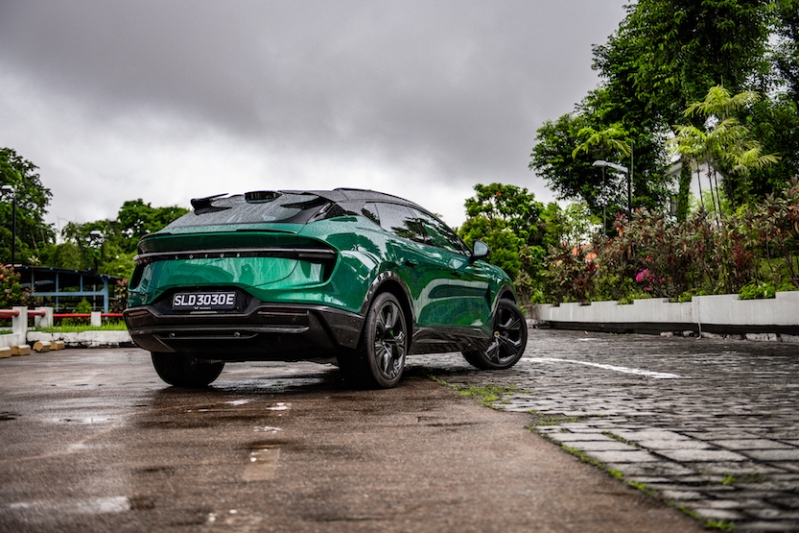
The rear end is equally striking thanks to carbon fibre roof blades and a rear lightbar that can illuminate in four colours depending on vehicle function (turning, unlocking, battery charge status, and braking).
You do grab a lot of attention while piloting the Eletre, and pedestrians will crane their heads just to catch a glimpse of this gliding by.
Future-focused
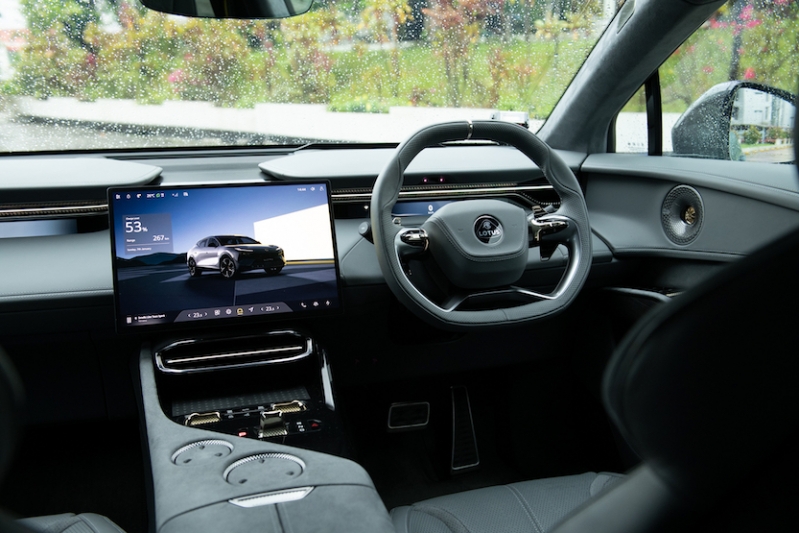
The interior is another major step for Lotus, because the Eletre embraces technology in a big way.
Drivers get fed information through a 12.6-inch display strip behind the hexagonal steering wheel plus a large head-up display. This is how you design clear and legible driving information - I hope some Silicon Valley automaker is taking notes.
4-sectioned paddle shifters behind the wheel deal with brake regeneration and driving modes, minimising the need to dive into complicated menus just to get into Sport.
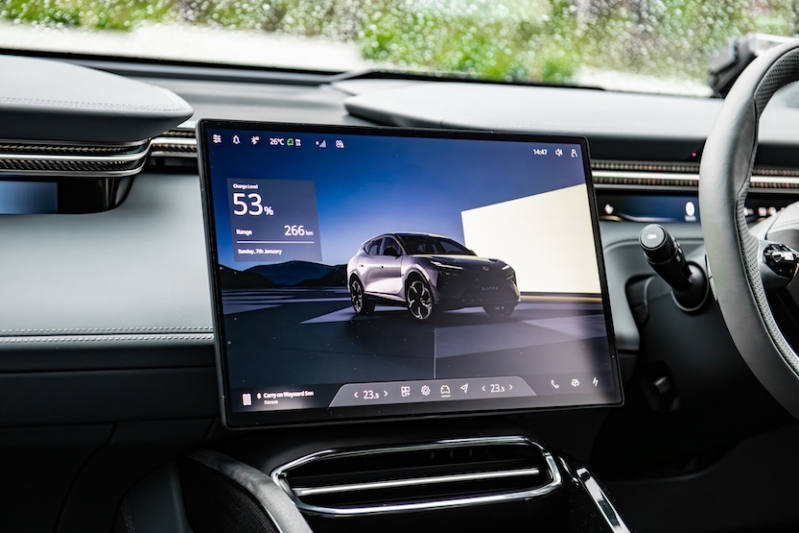
The centre is dominated by a large 15.1-inch OLED central touchscreen with pretty graphics. Apple CarPlay and Android Auto are currently unavailable (rumoured to be added in future OTA updates), but the Eletre has enough native tech to keep you satisfied in the meantime.
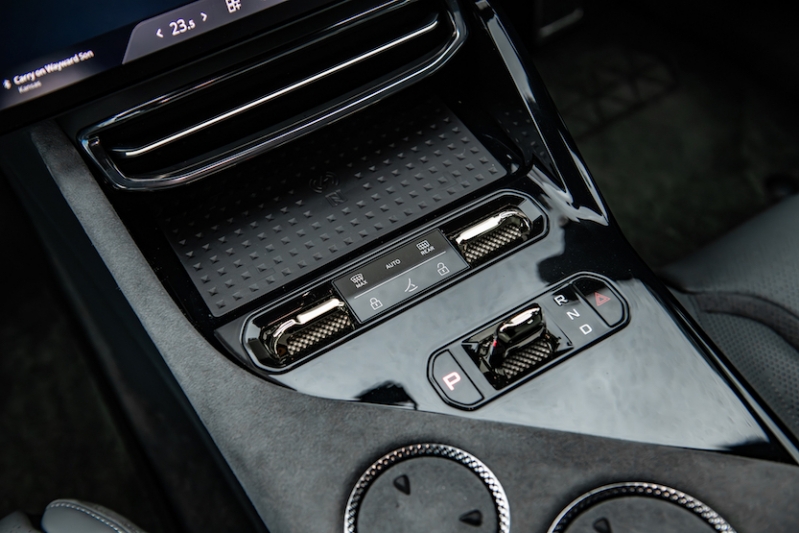
There’s wireless charging and a compact button menu for quick-function items, and even your front passenger gets a touchscreen strip of their own. Depending on who’s your co-pilot, that may or may not be beneficial.
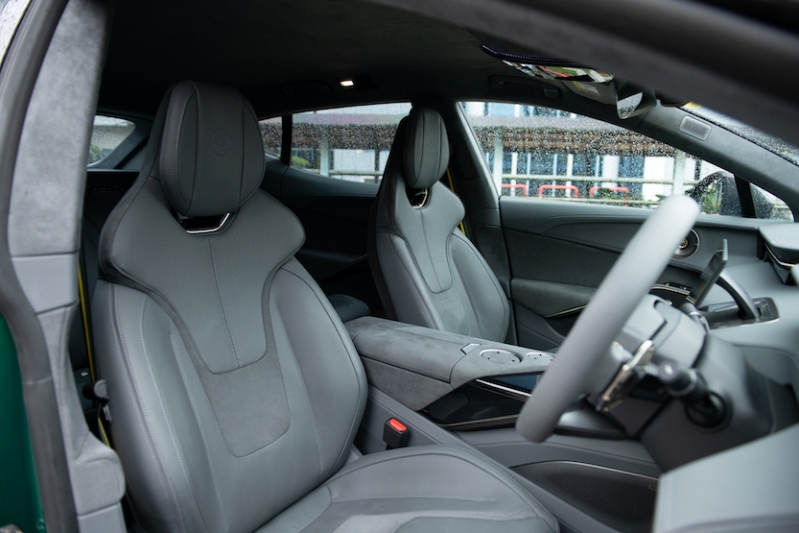
Lotus has gone to town with the cabin, crafting as many surfaces as possible with sustainable materials. The clothy bits are derived from Re-Fibre made from waste fabric, and they feel nice.
Customers can also spec optional UltraFabric seats made from polyurethane, carbon-neutral Alcantara and Econyl carpets made from 100 per cent post-consumer waste.
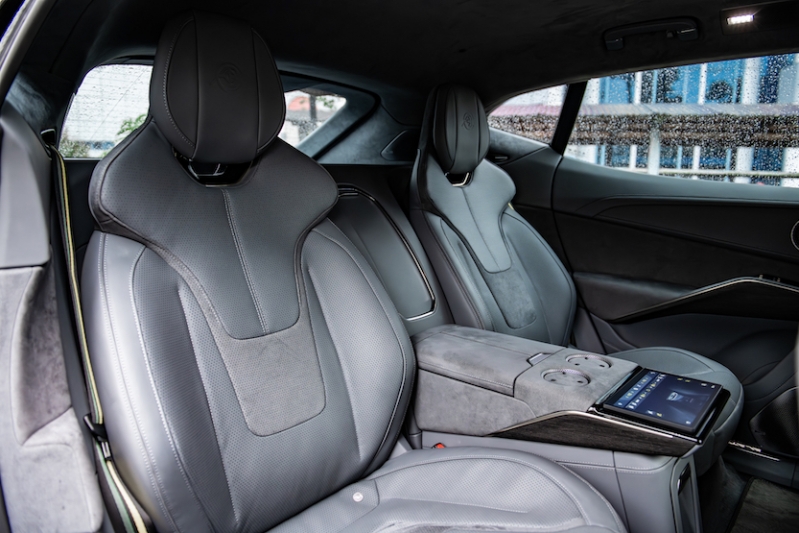
Better than that, unlike Lotus-es of the past, it all conforms together properly. It’s a really nice place to sit.
You can spec a rear bench, but this demo car has the four-seater box ticked - plenty of space and utility for all occupants (heating, ventilated and massage for all folks on board), plus a decently sized 688-litre boot.
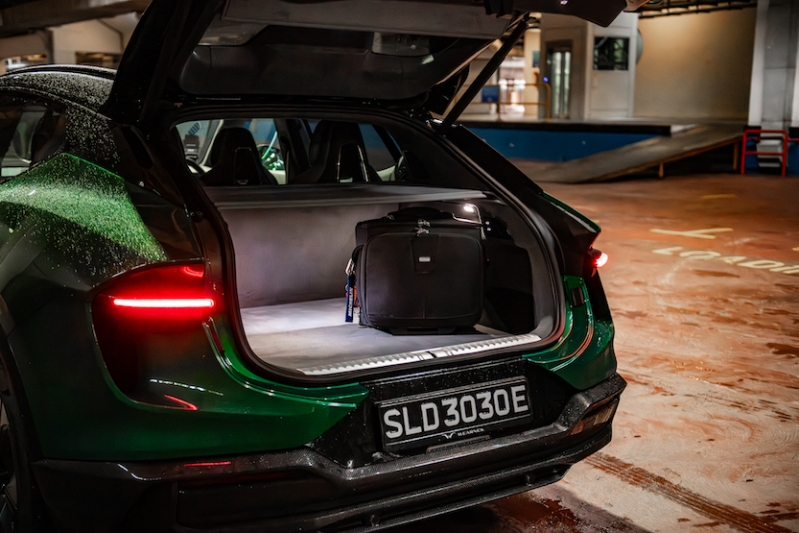
A 46-litre frunk is also available, though I suspect it would mostly be used for jumper or charging cables.
Nimble
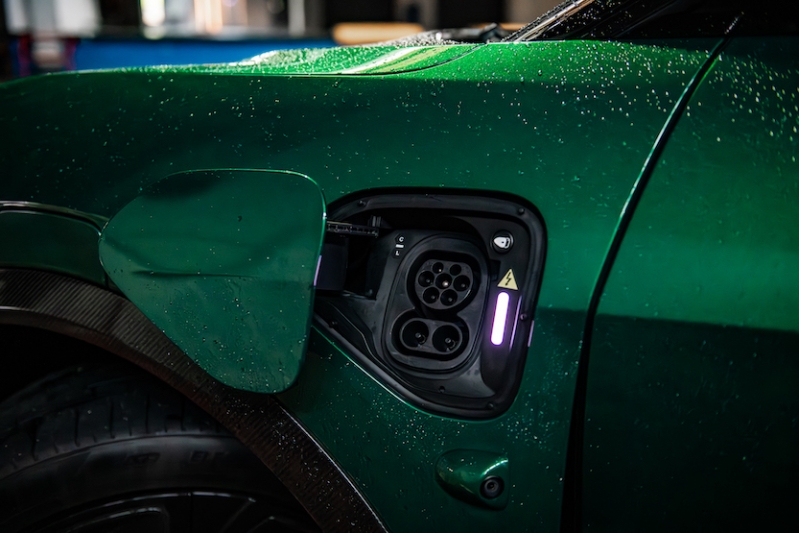
There’s a lot to uncover about the Eletre, but the best thing about it is that it feels nimble on its feet.
Engineers have designed the sizeable 112kWh battery to have cells arranged directly in the structural case rather than in separate modules. More densely packed, less volume.
Thanks to an 800-volt system, it can charge at up to a peak of 350kW. Plug in a decently-fast DC charger and you’ll be back on the road in a couple of minutes.
The Eletre has a 22kW AC charger as standard, but most folks do not currently have the means to tap that kind of power in their own homes.
Lotus claims 600km on a full charge, but I saw a maximum of 475km on the display during my test. Not too shabby, considering the car’s cooling systems have to work overtime to keep everything nice and temperate in our climate.
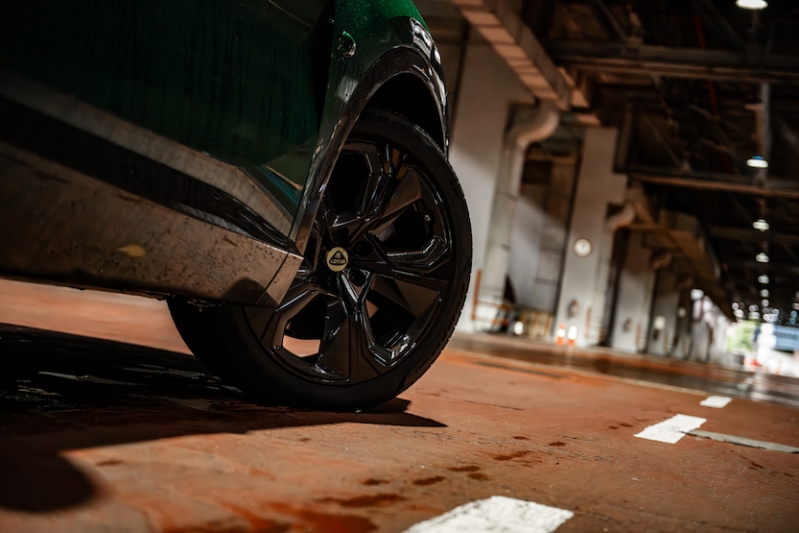
Everything else about the car is neatly organised to optimise weight distribution. The Eletre even comes with aluminium multi-link twin-chambered air suspension, changing up the car’s characteristics in different modes (Tour, Range, Sport, Off-road, Individual).
All of this wizardry allows the Eletre to be confident in its own skin, working with its own weight efficiently and minimising the bulkiness one associates with heavy SUVs.
Its heft definitely needs some attention, but good steering feel and body control mean you can pick a line and stick to it through a corner. Push too hard, and it predictably understeers, but it can compose itself again easily.
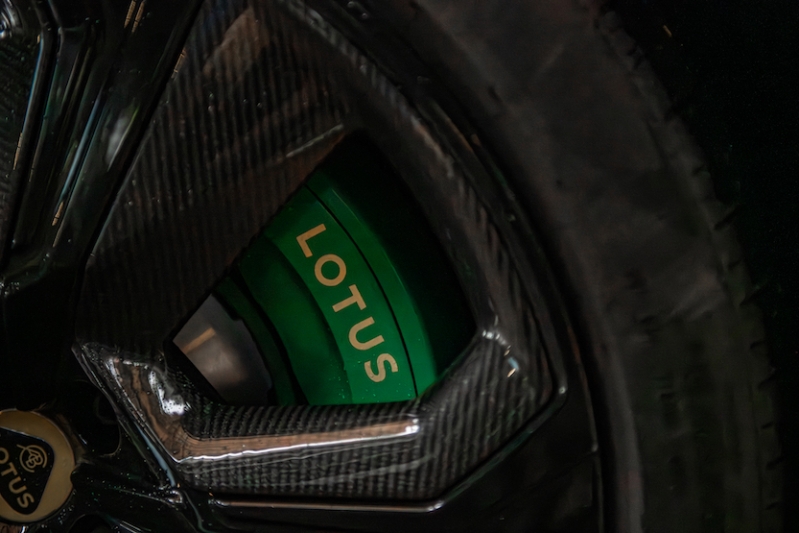
Brake feel is strong and consistent, though there is a little awknessness during the transition between regen and actual braking. This is all fine and well in Tour. But, I would love to see more assertiveness in Sport. Perhaps that is reserved for the specs-numbing R variant.
Even on those flashy rims, ride quality is composed throughout, albeit a little firm.
As far as Advanced driver assistance systems (ADAS) is concerned, the cruise control and highway assist work pretty well.
However, speed limit and lane-keep assist warnings are aplenty, and you need to switch them off every time you start up the car. Intrusive ADAS is not an Eletre-specific problem, but I feel it can be made more intuitive to turn off when required.
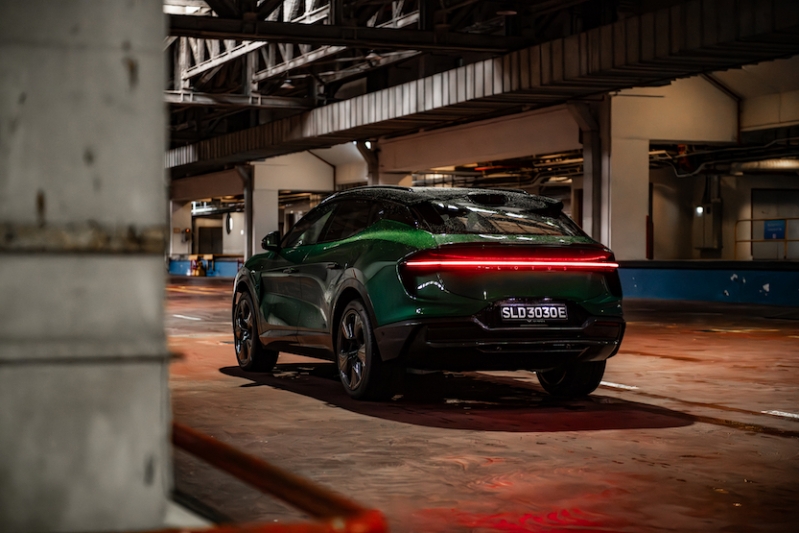
Honestly, the Eletre is probably the best-handling electric SUV in this segment currently available today, and the specs of the S is more than sufficient for anyone looking to buy one.
450 kW (603 bhp) and 710 Nm is on tap, giving you the grunt to complete the century sprint in just 4.5 seconds. Frankly, folks who spring for the R are probably doing it just for bragging rights.
New-age

It’s hard not to spill some prejudice into any conversation about Lotus, since it is known for its light and nimble sports cars.
But, as we’ve come to see in other manufacturers, a company today cannot thrive by niche alone, and Lotus needed to expand its portfolio or it would die. In today’s context, that means making an SUV that’s unpopular with the purists, but something that is commercially saleable.
Folks can say all they want about the Eletre, but despite all of the opposition, it still has some Lotus DNA in there. It’s not perfect, but it’s a good start to a new branch line.
Technical Specifications
Lotus Eletre S
Engine: Dual AC Synchronous Electric Motors
Power: 450 kW (603 bhp)
Torque: 710 Nm
Gearbox: Single-Speed (A)
0-100km/h: 4.5 seconds (claimed)
Top Speed: 258 km/h
Battery Capacity: 112 kWh
Drive Range: 600 km (claimed)
Energy Consumption: 4.7 km/kWh (claimed)
Price: S$568,000 without COE (accurate at the time of this article)
Contact: Lotus Singapore
Photo Credits: Sean Loo (@auto.driven)
